About
Program objectives
The National EcoVineyards Program aims to accelerate adoption and practice change outcomes specified in Wine Australia’s Strategic plan 2020-25 specifically:
- to increase the land area dedicated to enhancing functional biodiversity by 10 per cent, and
- to increase the use of vineyard cover crops and soil remediation practices by 10 per cent
Grower benefits
The EcoVineyards team work closely with wine growers to establish demonstration sites in participating wine regions throughout Australia including Margaret River, Hunter Valley, Orange, Yarra Valley, Mornington Peninsula, Clare, Adelaide Hills, Langhorne Creek and Riverland.
We are helping to increase the land area dedicated to enhancing functional biodiversity in and around vineyards including the use of multi-species ground cover plants and soil remediation practices.
We believe this can be achieved by focusing on 100% functional plant cover (and active root growth), 100% of the time where possible.
The EcoVineyards approach is based on science and evidence-based learning, an interactive approach which brings together both academic peer-reviewed research and the application of these insights via participatory action learning to accelerate the sharing of insights in real time.
We provide growers with the knowledge and tools to grow wine grapes with minimal intervention over the longer-term. We demonstrate a variety of regionally tailored practices to grow resilience, so agro-ecosystems can rebound more quickly after disruption including extreme weather events. By tapping into the sophistication and intelligence of nature we believe we can create better buffered production systems.
National EcoVineyards Program Manager and Agroecologist, Dr Mary Retallack explains, “Locally-adapted, diverse and functional ground cover plants have the capacity to provide benefits including biocontrol of insect pests, weed suppression, erosion control, improved soil structure, nutrient cycling, soil water retention, improved soil organic carbon and biological activity. By establishing supplementary flora in and around vineyards, we aim to help growers save time and resources by producing healthy grapes, with lower pest incidence while at the same time, enhancing the resilience and biodiversity of their vineyard.”
We have produced a series of best practice management guides (BPMG) as a ‘living document’ for each topic area which will be updated throughout the course of the program. We furnish wine growers with tailored information and insights as they occur so they can make decisions that best suit their site.
Snapshot
The National EcoVineyards Program assists wine growers to accelerate ecologically based practice change and adoption.
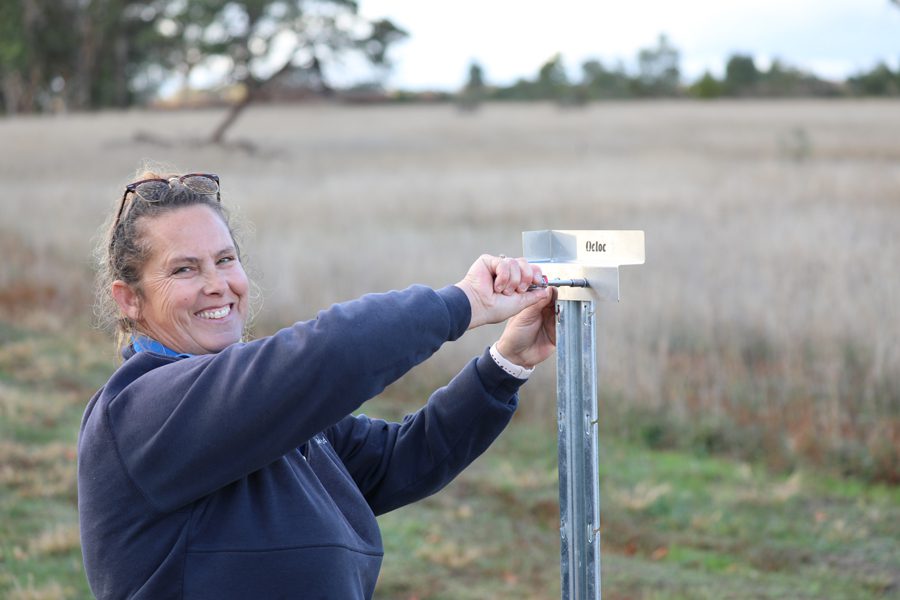
Retallack Viticulture has brought together more than 160 collaborating program partners with a common purpose. Each are committed to the program and contribute a diversity of skills and networks.
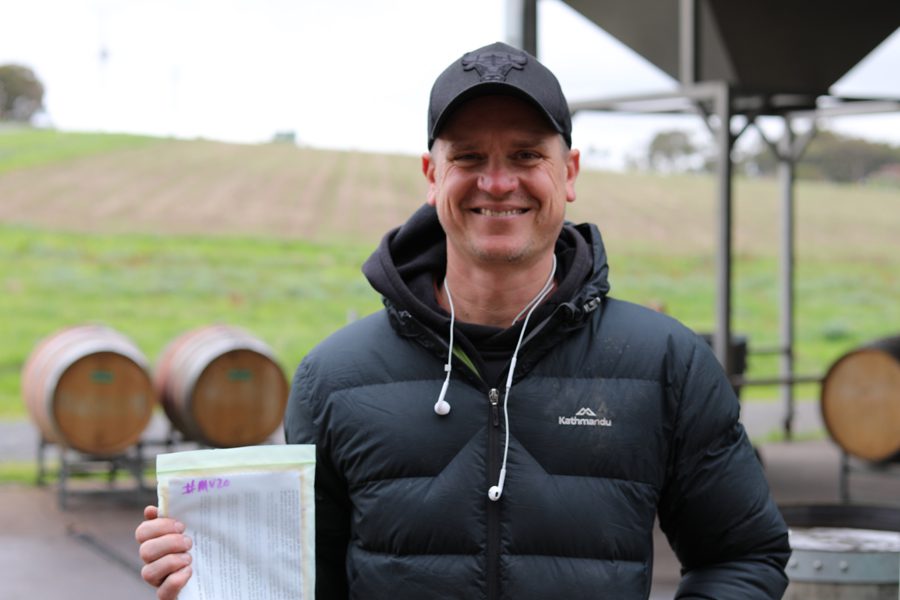
We are influencing the practices of up to 6,251 wine growers and 2,361 winemakers throughout Australia who collectively manage 146,244 hectares of wine grapes.
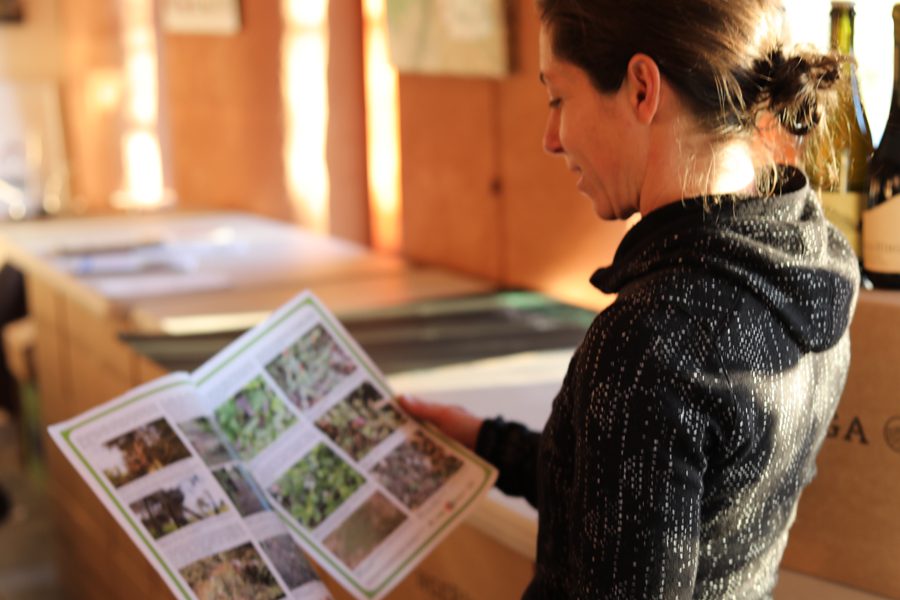
We have produced a series of best practice management guides (BPMG) for soil health, ground covers (including cover crops), and functional biodiversity as ‘living documents’ along with a dynamic offering of ways to disseminate learnings, practical knowledge and engage growers.
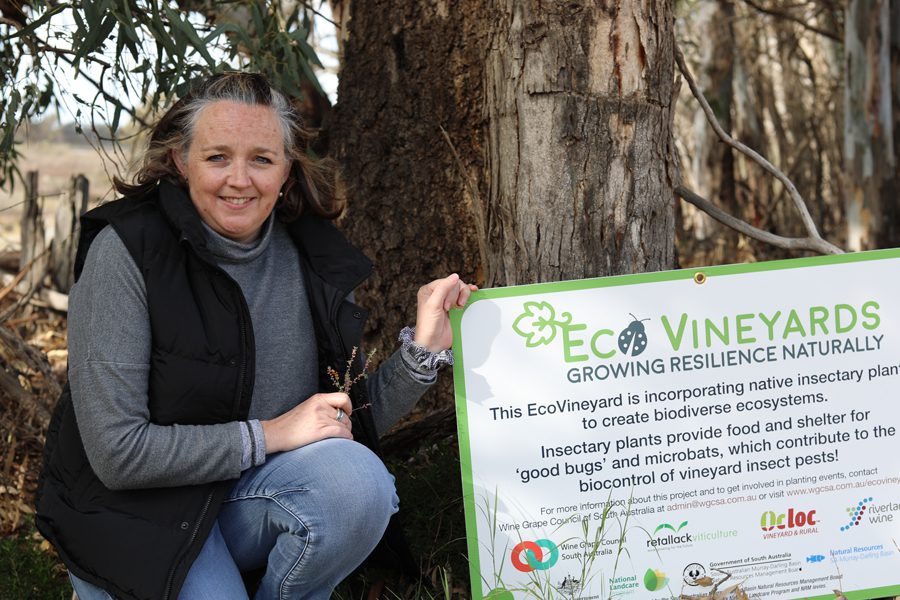
We have established more than 31 new demonstration sites in 9 wine regions nationally and work with regional on-ground coordinators and a team of specialists to hold regular growing facing events both in person and online to share the benefits of these techniques and create meaningful change.
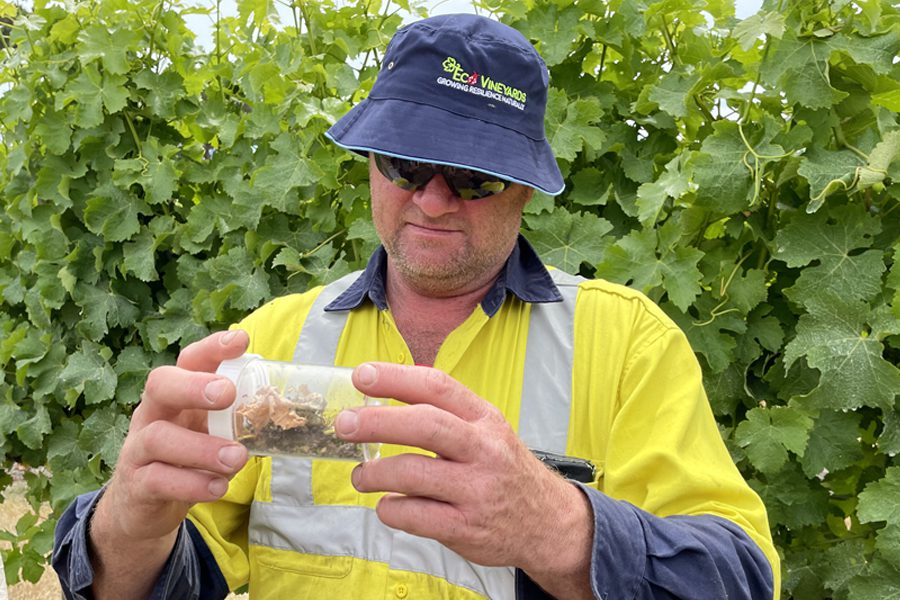
We have built measurable metrics into each aspect of the program.
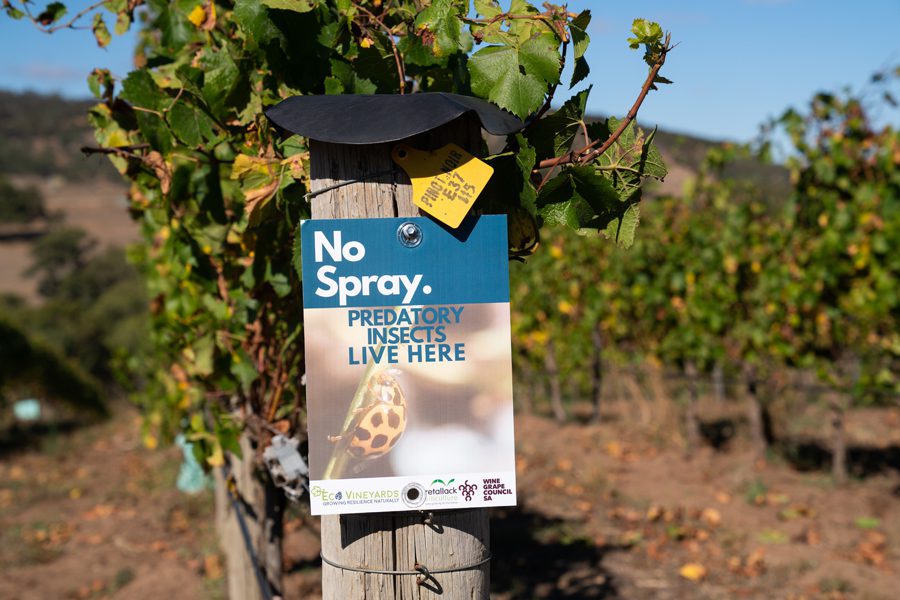
We are excited to see growing support for environmental stewardship and agroecological practices.
We are grower focused and seek to provide excellent outcomes for stakeholders.
Culture
We wish to move beyond the conditioning that,“we often do more of the same and expect a different outcome” and draw from an ecology analogy to reset our aspirations:
- A mono-culture (or simple structure) is a fragile and poorly buffered system where problem weeds and insects often dominate, and regular intervention is required to produce a crop.
- Conversely, a poly-culture (or complex structure) with good functional biodiversity and soil health has greater resilience, can rebound more quickly after disruption (including extreme weather events), is able to self-regulate with less intervention, and growers can potentially save both time and resources.
We thrive on innovation and our aspiration is that wine growers delight in growing grapes, are profitable, inspired by the nature and feel a sense of reciprocity towards the land they farm. We aim to grow ecologically focused vineyards, individuals and communities.

